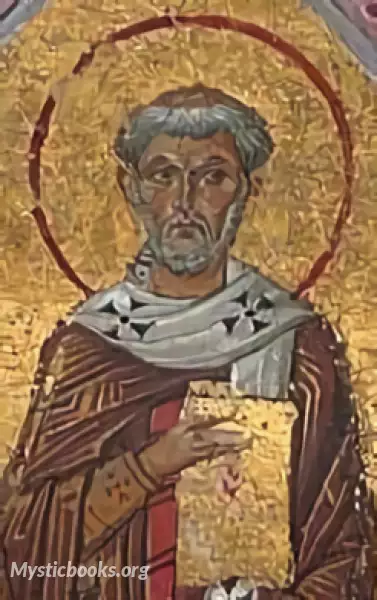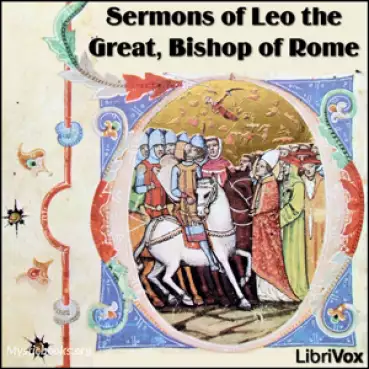
Timeline
Title
Country/Nationality
Leo the Great
Pope Leo I also known as Leo the Great, was bishop of Rome from 29 September 440 until his death. Pope Benedict XVI said that Leo's papacy "was undoubtedly one of the most important in the Church's history."
He was a Roman aristocrat, and was the first pope to have been called "the Great". He is perhaps best known for having met Attila the Hun in 452 and persuaded him to turn back from his invasion of Italy. He is also a Doctor of the Church, most remembered theologically for issuing the Tome of Leo, a document which was a major foundation to the debates of the Council of Chalcedon, the fourth ecumenical council. That meeting dealt primarily with Christology and elucidated the orthodox definition of Christ's being as the hypostatic union of two natures, divine and human, united in one person, "with neither confusion nor division". It was followed by a major schism associated with Monophysitism, Miaphysitism and Dyophysitism.
During Leo's absence in Gaul, Pope Sixtus III died (11 August 440), and on 29 September he was unanimously elected by the people to succeed him.
Soon after assuming the papal throne Leo learned that in Aquileia, Pelagians were received into church communion without formal repudiation of their errors; he censured this practice and directed that a provincial synod be held where such former Pelagians be required make an unequivocal abjuration.
Manichaeans fleeing the Vandals had come to Rome in 439 and secretly organized there; Leo learned of it around 443, and proceeded against them by holding a public debate with their representatives, burning their books and writing letters of warning to the Italian bishops. His attitude was as decided against the Priscillianists. Bishop Turibius of Astorga, astonished at the spread of the sect in Spain, had addressed the other Spanish bishops on the subject, sending a copy of his letter to Leo, who took the opportunity to write an extended treatise (21 July 447) against the sect, examining its false teaching in detail and calling for a Spanish general council to investigate whether it had any adherents in the episcopate.
From a pastoral perspective, he galvanized charitable works in a Rome beset by famines, an influx of refugees, and poverty. He further associated the practice of fasting with charity and almsgiving particularly on the occasion of the Quattro tempora, (the quarterly Ember days).
It was during Leo's papacy that the term "Pope", which previously meant any bishop, came to exclusively mean the Bishop of Rome.
Books by Leo the Great

Sermons of Leo the Great
Leo the Great was unanimously elected Bishop of Rome on September 29, 440 AD. At the Council of Chalcedon, his famous "Tome" was a decisive contribution to the Christological controversies of the fifth century. But the Tome did not stand alone. It wa...